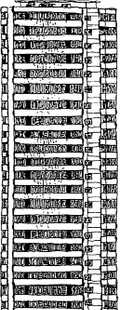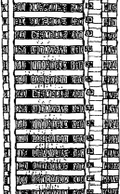

The project pursues an interdisciplinary approach to comparative study of mass housing projects, their ordinary lives and their disposition (including threats to conservation) across the United States of America and the former socialist republic of Yugoslavia. Despite the Cold War divide in political economies across these nations, both simultaneously contributed to the largest production of modernist architecture in history, the global construction of mass housing. These projects are beginning to be reappraised as architecture, as housing and as social setting, but research gaps remain. Little research has explored the relationship between the capitalist US and the socialist states of Europe, beyond misleading characterization of mass housing as an inherently problematic instance of aesthetic modernism. This project aims to expand and correct the record.
More research is needed across both locations on the infrapolitics of inhabitation, public perception of the projects that inscribed an Othering, the ways in which architects and planners across the Atlantic learned from or reacted to each other, and the ways in which state policy, ownership and public attitude on both sides challenge conservation efforts today. Today, on both sides, gentrification is a factor that favors the sustenance of affordable mass housing, with the US erasing a large part of its stock while former Yugoslav republics have privatized most of the same. The legacy of social housing is worth reclaiming in light of the present moment.
We will convene a transatlantic group of scholars investigating the architectural, social and political histories of the sets of mass housing projects that will feed one workshop in Belgrade and a symposium in Chicago to follow. Both events will include field work that will explore and document existing and lost mass housing and its inhabitants’ perspectives These events will feed an edited scholarly volume to be published sometime after 2022.